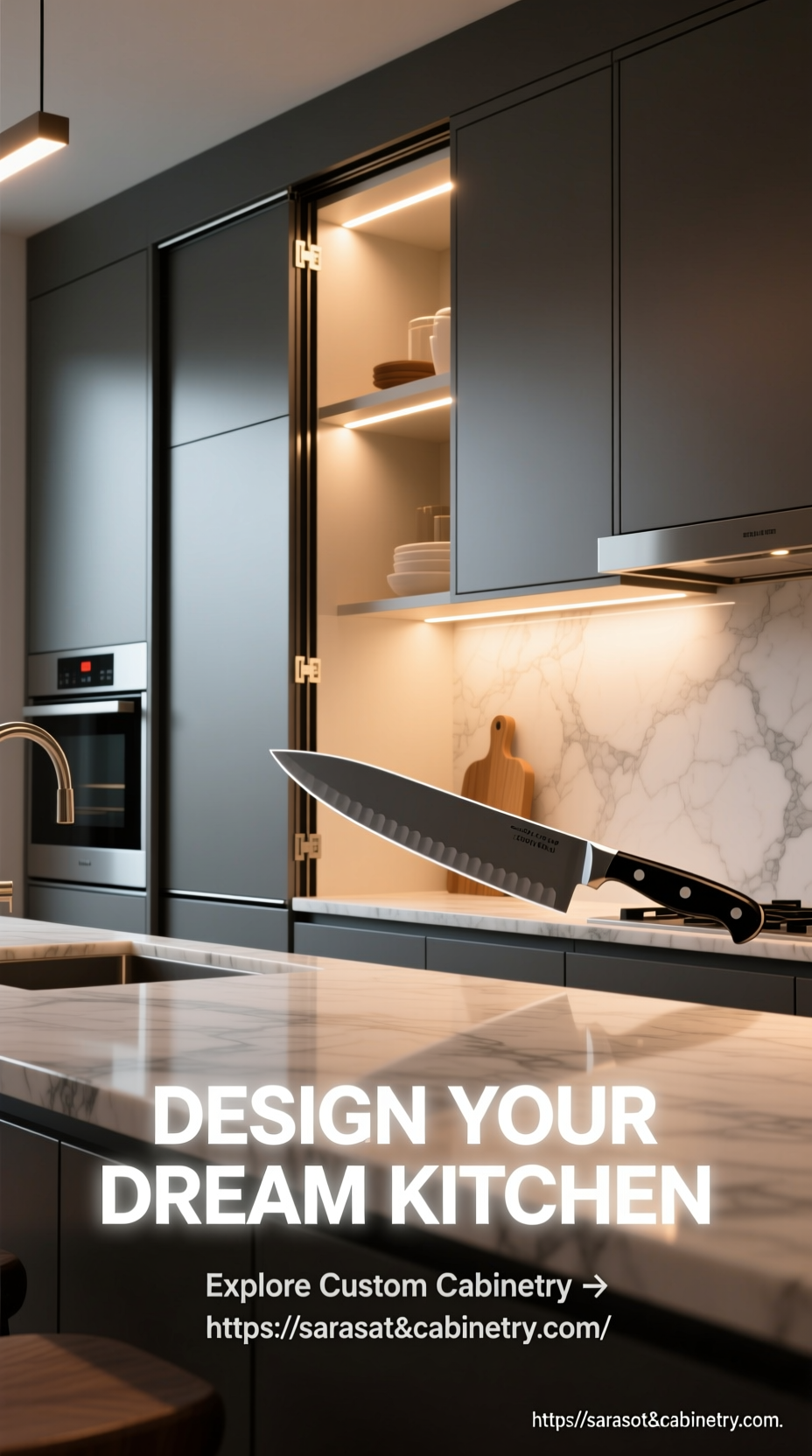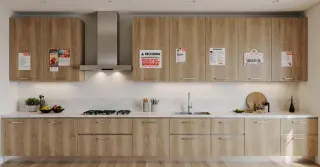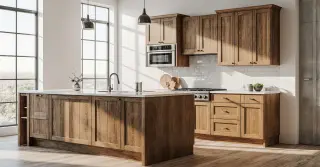Average Cost of Kitchen Cabinets

Average Cost of Kitchen Cabinets: What You Need to Know Before Renovation
Comprehending the standard expense of cabinets for kitchens is essential for those undertaking a kitchen upgrade, whether it’s a complete renovation or a targeted enhancement. Kitchen cabinets are the cornerstone of practical yet stylish kitchen layouts, often accounting for a major share of the overall remodeling costs. Their investment can differ greatly depending on materials, customization options, finishes, and setup needs. Property owners often find themselves negotiating between design, materials, and budget to create a kitchen that balances utility with elegance. Custom cabinets, for example, offer a tailored fit and unique design possibilities, but come with a higher price tag compared to stock units, which are faster to install and more economical.
When estimating cabinetry expenses, one must take into account the cabinet material. Hardwood cabinetry, such as oak, maple, and cherry, are often costlier due to their robustness, elegance, and lasting quality. Conversely, manufactured wood options provide budget-friendly solutions while still supporting attractive surfaces, including textures and finishes that imitate expensive hardwoods. Exotic woods, such as bamboo or imported hardwoods, can elevate investment levels but enhance a kitchen with exclusive style and endurance. Top-tier cabinet materials affect both investment and long-term kitchen performance.
Layout sophistication is another key factor shaping kitchen cabinet expenses. Cabinets with intricate moldings, glass inserts, and specialized hardware will inevitably have higher costs compared to simple panels. Additionally, extras such as smooth-close drawers, pull-out organizers, and integrated illumination enhance convenience while raising investment. These small details are often overlooked but greatly influence cost, which can improve kitchen efficiency and user satisfaction. Though adding these options increases costs, the benefits in utility and beauty are substantial, especially in frequently used kitchens demanding convenience. Well-designed features revolutionize kitchen workflow and style.
Another consideration affecting cabinet costs is bespoke options. Custom-made cabinets are designed to fit your kitchen perfectly, making the most of every nook and corner, which is particularly beneficial for oddly shaped rooms or compact kitchens. While custom options are more expensive than ready-to-assemble or stock cabinets, they provide bespoke layouts, tailored surfaces, and exclusive configurations. Handcrafted cabinets involve expert skills, precise tooling, and extended production, which impacts pricing. Deciding on cabinet type entails balancing cost considerations with personal design goals.
The finish selection is another aspect that can influence the cost of kitchen cabinets. Painted cabinets tend to be more affordable, offering a wide variety of colors and styles that can fit almost any kitchen aesthetic. Wood stains emphasize textures and elegance but typically demand additional investment. Surface treatments including high-gloss, matte, and textured finishes affect pricing and design aesthetics. Durability and upkeep considerations are essential in choosing finishes, as maintenance demands vary. High-end coatings transform ordinary units into statement pieces.
Fitting services play a key role in determining cabinetry cost. Subpar fitting compromises the quality of top-tier cabinets. Professional installation ensures that cabinets are level, secure, and aligned correctly, minimizing the risk of future damage or functional issues. Pricing for installation depends on layout complexity, unit quantity, and any structural modifications. Using skilled installation teams secures quality results and longevity, justifying the investment. Installation quality affects daily kitchen use and cabinet durability.
Geographical location also affects the average cost of kitchen cabinets, as labor rates, material availability, and shipping expenses differ across regions. Cities tend to have higher prices due to demand, whereas rural areas may offer lower rates. Seasonal deals and market trends can shift cabinet prices, emphasizing planning. For homeowners looking to balance cost with quality, obtaining multiple quotes from reputable suppliers and comparing options is a practical approach. Understanding regional market conditions ensures that expectations align with realistic budget projections. Location-driven cost changes may alter the scope of renovation projects.
Ultimately, determining the average cost of kitchen cabinets requires a comprehensive understanding of materials, design features, finishes, installation, and location-specific factors. Cost-aware renovators often select semi-custom or pre-made units to balance budget and aesthetics. Those seeking a high-end, personalized kitchen may prioritize custom cabinetry and premium finishes. Evaluating both utility and design ensures a harmonious kitchen that adds value and comfort. Proper planning and research allow for a kitchen renovation that aligns with financial goals without compromising on quality or design excellence. Investing wisely in kitchen cabinets ensures a harmonious balance between cost, durability, and style.
Pricing spans from affordable ready-made units to luxury custom installations, influenced by multiple variables. Understanding these nuances empowers homeowners to make informed decisions that reflect both their design preferences and financial considerations. Each choice, from materials to hardware, contributes to the overall investment in a kitchen that is functional, inviting, and enduring. Prioritizing workmanship, durability, and design ensures a kitchen that serves as a stylish and functional focal point. Purchasing premium cabinets enhances lifestyle, efficiency, and long-term home equity.



